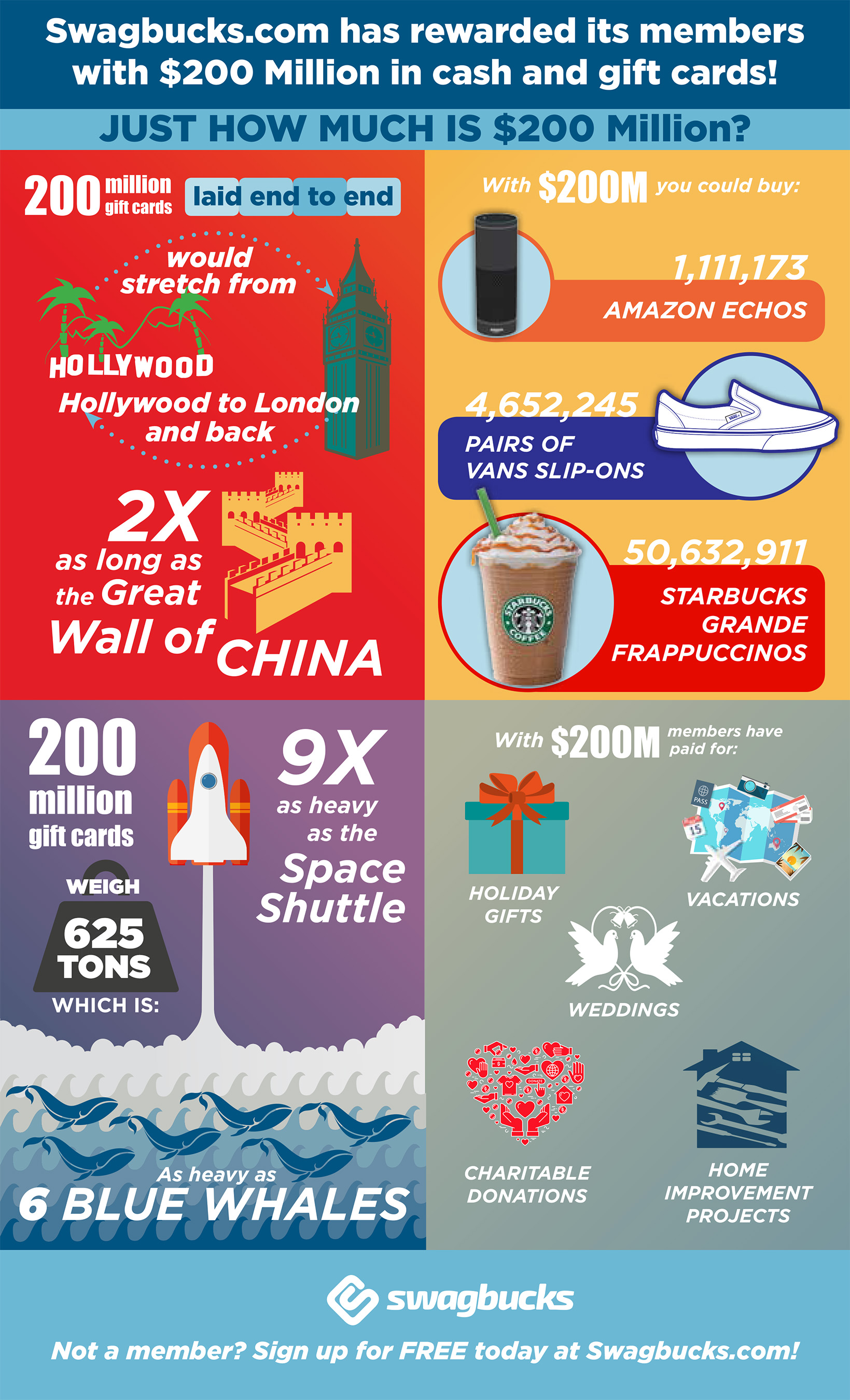Engraved glass awards evoke a steadfast spirit of commitment and excellence. They promote a culture of recognition that transcends hierarchical boundaries.
Wheel inscription is presented on a goblet likely made in the 1700s covered with complex Chinese-style concepts. These concepts announced loyalty to the Jacobite reason. This is an impressive example of exactly how imported Oriental items affected European design trends.
Origins
As glassmaking ended up being extra innovative, engravers understood that a style contributed to an item of glass changed it from functional into desirable. They try out a range of damaging, abrading and reducing strategies.
The most experienced engravers created great thorough job. Anna Roemers Visscher, who was a glass cutter and engraver, was renowned for her delicate flowers, influenced by the natural history publications preferred in her time.
Engravers additionally sculpted great linework right into glass. By the end of the 17th century, engravers had actually started to abandon linear clarity in favour of crosshatched chiaroscuro effects. One of the earliest instances is taped on a container by a Rotterdam engraver that authorized his collaborate with a jotted liberty and vigour that raised it over the remainder.
Inscribing remained to be a preferred strategy, although it was significantly overshadowed by cut glass and brand-new strategies such as etching, which was more affordable than inscribing. Nonetheless, economic pressures after c1905, along with decreasing high quality of cut glass, saw an increase in the appeal of personalized glass, referred to as rock crystal.
Methods
Glassmakers utilized a range of techniques to mark or decorate the surface of a vessel, often combining different methods. One strategy called stipple inscription, for example, uses a point of tungsten or diamond to make small dots on the glass surface area which develop contrasting white lines when light sparkles via them.
Personalized glass honors are cherished for their beauty and eminence. They mirror the deep esteem and regard that business hold for their workers and promote a culture of excellence.
The translucency of glass symbolizes the transparency and honesty of company acknowledgment, motivating recipients to take stock of their achievements and reflect on their trip in the company. Additionally, the capability of personalized glass to display personalized message and images enables the development of highly unique and purposeful honors that evoke the sense of greatness related to this impressive product.
Designs
From the sleek lines of corporate honors to the etched text on glass trophies, inscribed crystal is a sophisticated sign of recognition. Whether shown on someone's desk or kept as a memento, these individualized pieces convey a feeling of reputation and professionalism and trust that is tough to discover in other products.
The design of engraved glass has transformed gradually to show changing preferences and technical developments. The ancient strategy of copper-wheel inscription has opposed forecasts of obsolescence, and brand-new techniques like etching are taking control of where stippling when held sway.
The earliest diamond-point engraving, of the 16th century, is stiff and official. It slowly became a lot more supple and pleasing, but can quickly deteriorate right into over-elaboration. In the 19th century Thomas Webb & Sons introduced "rock crystal" with deep cutting and copper-wheel inscription, which mimicked luxury vessels cut of rock crystal in Europe and the Orient (see Ewer by Webb & Sons). The company's principal engravers were Bohemian immigrants Frederick Engelbert Kny and William Fritsche, that signed their work with a monogrammed G.
Significance
Engraved glass was costly and sought after. This was due to the fact that it entailed the most requiring glass refining method and depended on the accuracy and effort of a knowledgeable craftsman. The acme of etching came in the 17th century and was quite a part of the Baroque and Rococo periods.
Throughout this time, personalized goblets could be made use of to communicate messages of social standing. They would present family crests and political obligations. They could additionally show off one's preference for the current fashion and style trends.
Today, personalized glass is still an important art type. However, developments more info in technology and laser innovation have streamlined the process and made it extra accurate. The resulting detailed designs are both magnificent and resilient. In addition, new kinds of glass have been established to react better to lasers. This has actually expanded the possibilities for musicians and designers. It likewise decreases the environmental influence of the process. For instance, optical crystal is an excellent option for personalized awards since it is clear and mirrors light well.
